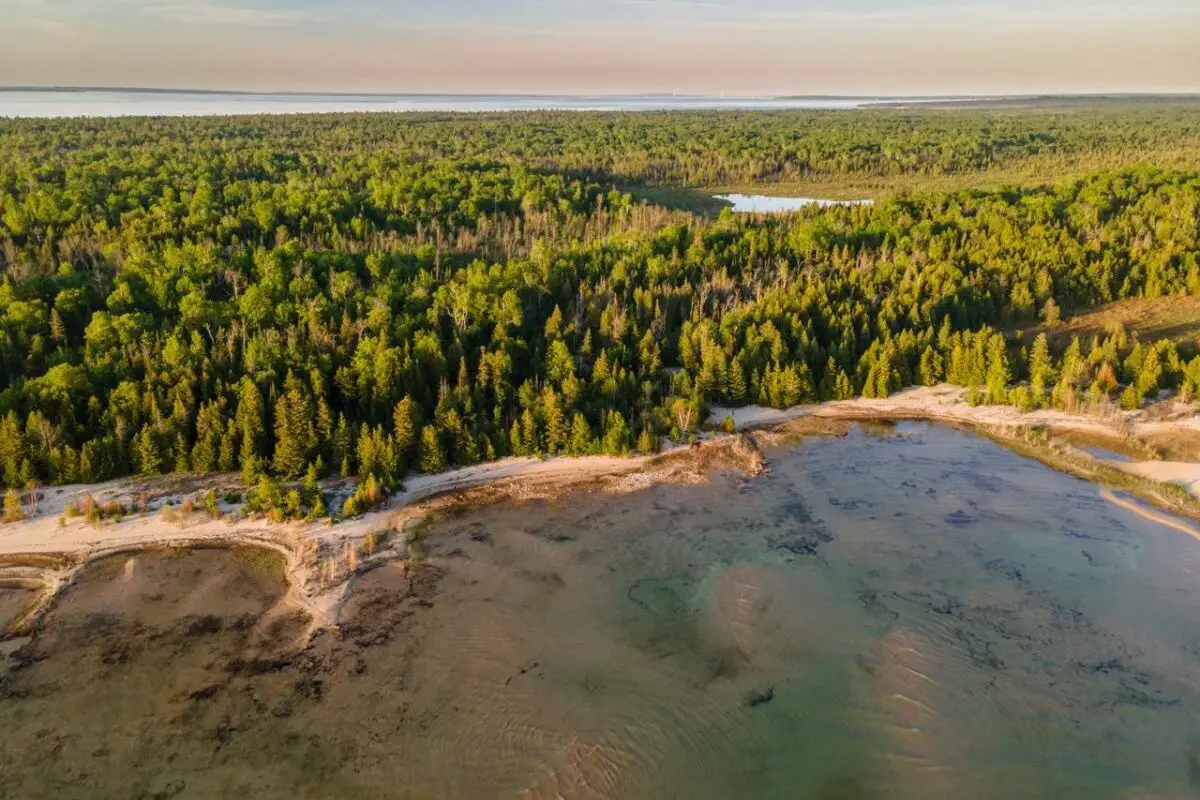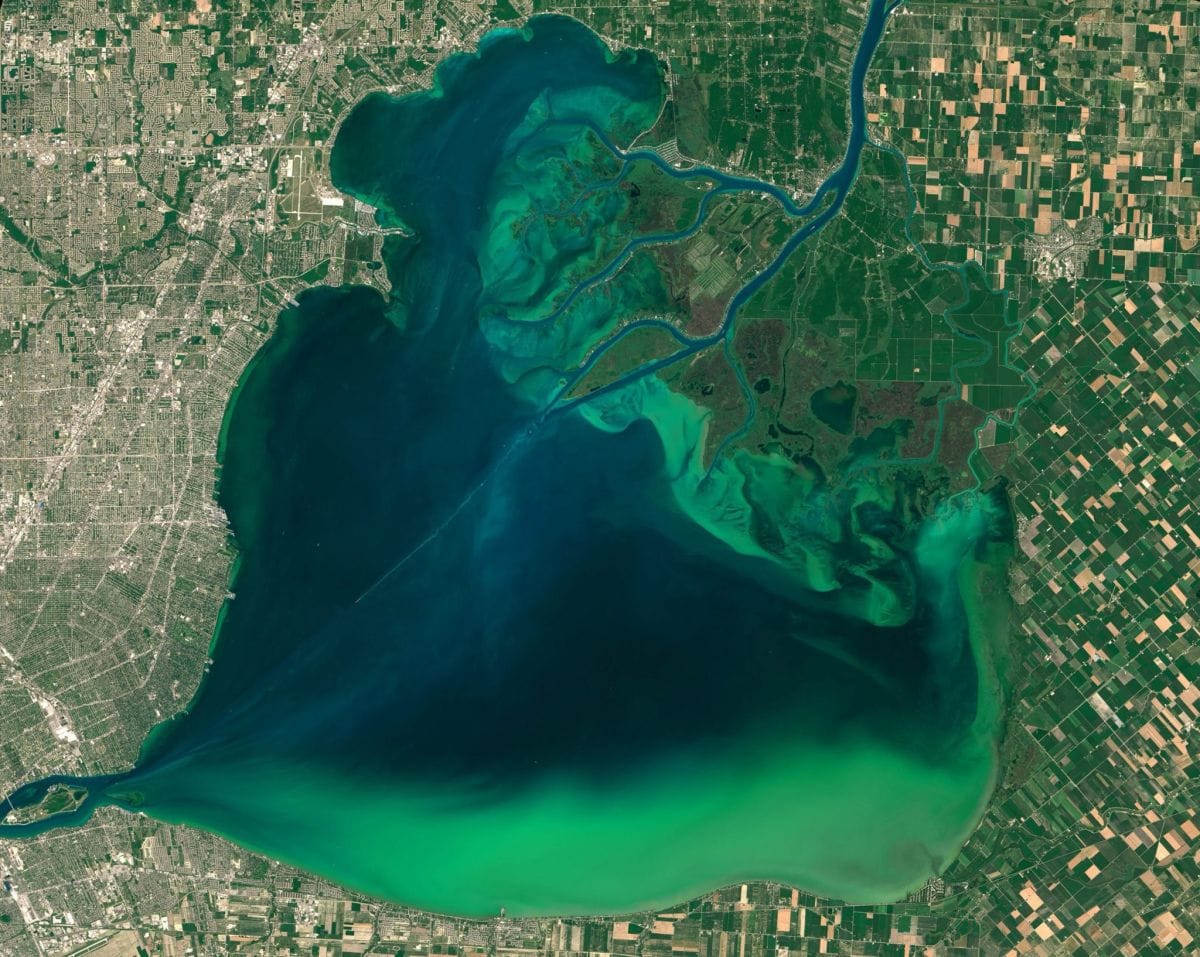Michigan is one of the most forested states in the US. At the same time, most of the forests are in private ownership, and the rest, about 8 million acres, belongs to the state. The Michigan forest, for example, is one of the largest publicly owned forest systems in the United States, and the new surface water system in this forest is the largest on our planet. Specialized forestry management technology is required to oversee this critical natural resource.
This forest system is also unique because it is both FSC and SFI certified. These certifications help secure jobs in forestry and apply forestry practices that meet social, economic, and environmental criteria.
Forest Management To Prevent Fires
Putting out fires requires vigilance, but this is not enough. It is necessary to be aware of the potential sources of their occurrence to control and extinguish fires successfully. Furthermore, taking timely action and improving preparedness to deal with fires is critical. Preparedness also allows for enhanced contingency planning. The early warning also improves fire fighting, and satellite data is essential in this case.
Satellites are effective for fire risk assessment as they provide information on vegetation, fuel, and drought conditions. A warning of a potential fire may be given to special services hours in advance. Satellites can also provide temperature data and information on soil, precipitation, wind, and relative humidity. Monitoring the changes and risks is essential for forestry supplies and the environment.
Wildfire modeling is also carried out using satellites, and satellite data is used to create such models. As you obtained a model based on humidity, temperature, and precipitation indicators, it can be compared with data from monitoring the Earth’s surface. In combination, forestry suppliers, owners, and researchers can get reliable forecasting tools and ensure a high level of availability. Fortunately, innovative technologies and experience enable companies to create beneficial tools for forest monitoring and management.
EOS Forest Monitoring is a software developed by EOS Data Analytics for convenient and sustainable forest management. The company is a global provider of trusted AI satellite imagery analytics with deep technical expertise. Based on years of experience, EOS Data Analytics has developed software that allows researchers, logging companies, and forest landowners to monitor forest health remotely using satellite imagery. Users get remote access to the most up-to-date data on various changes in forests and information about potential risks via e-mail notifications, enabling them to address problems on time before widespread damage occurs. In addition, the owners can manage all forest areas on a single platform, using forestry software by EOS Data Analytics.
Logging Quality Monitoring
Contractors and forest owners always agree on a specific area for logging. Often, special buffer zones are allocated if there is a shortage of the required amount of wood in a particular place or if part of the allotted area is difficult to access. Owners can also delineate areas where logging is prohibited.
However, it can be challenging to track compliance with the restrictions by the contractor since the forests are enormous. Moreover, contractors have to provide reports on which areas they have worked on. Ultimately, all this requires a well-functioning and reliable system, thanks to which deforestation occurs according to agreements and without circumventing restrictions.
In this case, satellite technologies and software come to the rescue. Remote sensing plays a vital role in various industries and developing the sustainable forestry initiative. This technology allows contractors and forest landowners to effectively solve their problems and apply sustainable management and logging practices.
The Importance of Michigan Forests
The forests of Michigan are not only a source of timber, and they play a much more critical role. For example, they improve the environment’s welfare and provide habitat for various animal species. In addition, forests are a place of recreation for people and, at the same time, provide jobs.
Michigan forests also have many environmental benefits, including improved water and air quality, which in turn helps conserve natural resources. In addition, proper management allows you to compensate for excessive carbon dioxide emissions. The forest also filters runoff, preventing erosion and degradation.
The Michigan forest is also home to many animal species, including endangered species such as the gray wolf and the bald eagle. Also, the water bodies of this forest are a habitat for various species of fish. That’s why many anglers and wildlife watchers are attracted to the Michigan forest.
The featured image is Marotti Wilderness State Park – Image Courtesy State of Michigan
Related Reading Of Forestry Management Technology
- Nation’s 1st Carbon Credits Project Using Trees In Michigan State Forests
- 7 Unique State & National Parks In The Midwest
- Oak Wilt Disease A Threat To Michigan Thumb’s Red Oaks
- Climate Change In Michigan – 6 Critical Business Areas Impacted In 2022
Discover more from Thumbwind
Subscribe to get the latest posts sent to your email.




